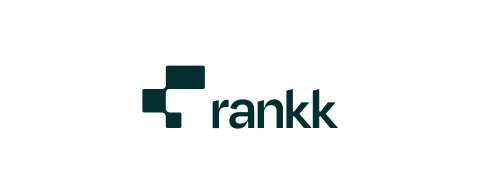


With the experts for ads to success
ADFERENCE for Amazon
Amazon search results and product detail pages are dominated by ads. To keep up with the competition, you need an optimal Amazon PPC setup:
Structuring campaigns
Continuous search for new keywords
Add negative keywords
Continuous adjustment of bids
These steps are essential and require a lot of time and effort without automation.
Our Amazon PPC software starts here and automates your bids, campaigns, keywords and more.

ADFERENCE CSS
Looking for a certified Google CSS Partner?
ADFERENCE is one of the leading Comparison Shopping Premium Partners in Germany
Our experienced CSS team will support you during the migration and afterwards
Save up to 20% on CPCs on Google Shopping with us
Increase the visibility of your Shopping Ads with ADFERENCE as a Google CSS Partner

Lass dich von unseren
Kund:innen überzeugen












Why ADFERENCE?
Performance is our passion
Achieving the best result for every click. That's what drives us. That's why we're constantly developing new features to help you get ahead and take your ads to the next level.
Support with expert knowledge
Our team consists of true PPC professionals and provides you with the necessary know-how. Don't know what the next step in your ads game is? We can help you!
For starters & experts
With ADFERENCE you can achieve the best results even without expert knowledge. At the same time, there are plenty of opportunities for professionals to do it themselves. There is something for every need.
100% Made in Germany
Our technology and software is designed, developed and hosted in Germany - by a team of more than 100 people from 10 different countries.








.png)







